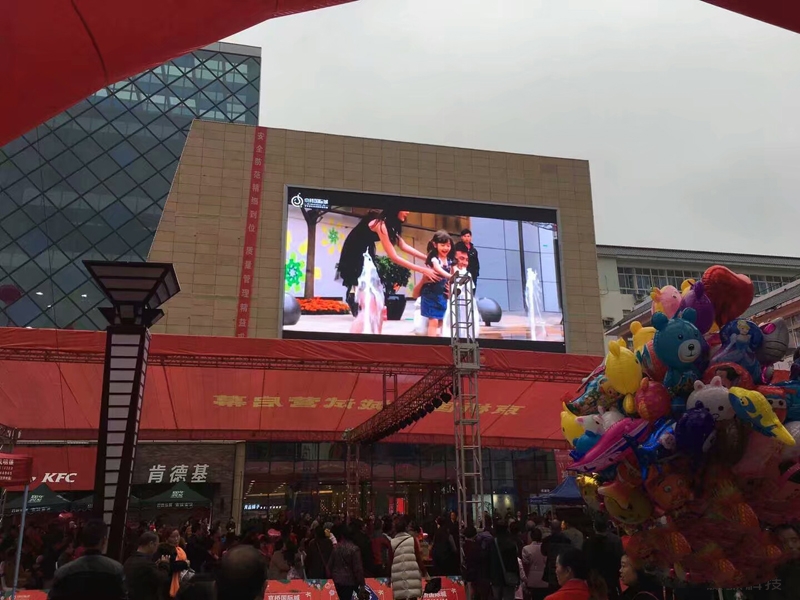Firstly, LED screen lamps s are the most commonly used in the entire full color LED display screen, with thousands or even tens of thousands of LED beads per square meter.
Secondly, LED beads directly determine the performance and color saturation and clarity of full color LED displays.

The important indicators of LED bead quality mainly include:
1、 LED full color display brightness
The brightness of LED beads determines the brightness of LED full color displays. The higher the brightness of LED beads, the greater the margin of current usage, which is beneficial for saving power and maintaining the stability of LED beads. LED beads have different angle values. When the chip brightness is set, the smaller the angle, the brighter the LED, but the smaller the viewing angle of the display screen. Generally, LED beads with an angle of 100-110 degrees should be selected to ensure sufficient viewing angle for full color LED displays.
2、 Full color LED display screen failure rate
LED display screens are composed of tens of thousands or even hundreds of thousands of red, green, and blue LED beads. The failure rate of lamp beads will not exceed one in ten thousand even after 72 hours of aging.
3、 Attenuation characteristics of full color LED display screens
The brightness of LED beads will gradually decrease with increasing usage time. The decay rate of LED bead brightness is related to LED chips, auxiliary materials, and packaging processes to a certain extent. Generally speaking, after a 1000 hour, 20 milliampere room temperature illumination test, the attenuation of red LED beads should be less than 7%, and the attenuation of blue and green LED beads should be less than 10%. The consistency of red, green, and blue attenuation has a significant impact on the white balance of full color LED displays in the future, which in turn affects the display fidelity of the display.
